Moonrise over Zion
As we wove along SR-9 making stops we weren't hearing much, and our whistling for poorwills and pygmy-owls wasn't turning up any birds. We did have a Gray Fox sprint across the road which was a cool sighting. Eventually we stopped near a small creek tumbling down the hillside and a WESTERN SCREECH-OWL came in providing us great looks--this would be an early bonus if we could snag it in about an hour so we wouldn't have to try later. At our next stop in the quiet of the night a CANYON WREN burst into song--we again hoped for a little luck when we came back a while later. We hadn't heard any other owls and decided on one last stop at 11:45pm--if we didn't get lucky here we would head back and start our night where we had the wren. It was fortuitous though--as we stood in the moonlight admiring the spires and red rock towering above us, a faint cough of a SPOTTED OWL echoed its way towards us. 3 minutes later we heard it again, and then again, and then we thought we heard from a different location. 11:56pm and it bellowed out again... 11:59pm and we sat anticipating, would it call again before midnight or hold off... 11:59 and 50 seconds "ha ha ho ho ho"... silence.... midnight. The big day had begun and the owl was silent.
We stayed eerily still holding our breath as 12:01 passed, and then 12:02 came and we were able to relax--the SPOTTED OWL staccato echoed quietly in the distance, our 1st bird of the day--and we were off to the races.
Down the canyon we drove--the Canyon Wren didn't respond to playback where it was the previous hour so we moved on, snagging COMMON POORWILL singing in the canyon while we called in the WESTERN SCREECH-OWL we had seen a little earlier. We made our way out of the park and through Springdale in the dark. We made a quick stop to try for Rufous-crowned Sparrow where we got one in the dark in 2012 but missed out. Our next stop was Grafton, which seemed to take forever to get to on the back roads. We tried for VERMILION FLYCATCHER at our first stop with no luck. At our second stop however a male burst into song in the dead of the night, while a YELLOW-BREASTED CHAT sang somewhere along the river and a KILLDEER called from a nearby field.
We continued on our route stopping again to try for Rufous-crowned Sparrow without luck. We did however pickup audibles of GREAT HORNED OWL, LONG-EARED OWL and heard a few more poorwills. Making good time we eventually ended up in Hurricane at Stratton Pond with our spotlight on the water. The first birds we saw were a couple AMERICAN WIGEON, followed by CANADA GOOSE, WESTERN GREBE, and a hard to get RED-BREASTED MERGANSER. We must have flushed a BLACK-NECKED STILT from the shore as it circled calling overhead. Wasting no time we headed across the highway to Sand Hollow where I thought we might be able to spotlight the shore from the south end--it was a pretty hair-brained idea as we weren't able to see anything. A quick stop to try for roadrunner only turned up a singing COMMON POORWILL so we raced on to the Washington Fields. A last minute decision to take a different route to our next stop ended up getting us our only LESSER NIGHTHAWKS of the day, with 4 birds sitting on the road under the streetlamps.
At 2:29am we entered Seegmiller Marsh after receiving permission from Tom Seegmiller to do so--in our 44 minutes here we had our only COMMON GALLINULE, BARN OWL, CATTLE EGRET, and GREAT EGRET of the day. In all we tallied 16 species (+ Mute Swan which we didn't count for the day) including our first SORA, YELLOW WARBLER, MOURNING DOVE, EARED GREBE, and that wing-tagged AMERICAN WHITE PELICAN mentioned in my previous post. We missed several Virginia Rail which we knew we could get later, but struck out on Green Heron, and Least Bittern, which are believed to possibly nest here.
Dashing across St. George we skipped several planned stops from our route because there was no point given the birds we planned to see were not present as of scouting time. We skipped out on spotlighting Ivin's Reservoir to save time, knowing we would stop back after daylight--later we realized we had time to make that stop but in the moment it didn't seem worth it. At 3:47am we arrived near the inlet to Gunlock Reservoir and found the rocks Kenny and I set up to spot the black-hawk nest. In under 3 minutes we setup the scope spotlighted the nest, got everyone their COMMON BLACK-HAWK for the day and were back on our way. Between Gunlock and Lytle Ranch we added no new birds and arrived about 20 minutes ahead of schedule--it was still pitch black outside as the moon had set and we took advantage by napping in the car for about 25 minutes--outside the car a GREAT HORNED OWL hooted, COMMON POORWILLS sang, and a probable LONG-EARED OWL grunted once from the the trees.
Just before sunrise at Lytle Ranch
At 5:36am we parked at the ranch and walked in--all was quiet and barely light as we made our way through the housing area, past the orchard, and the main pond without a single bird. It wasn't until almost 20 minutes in when we heard our first ASH-THROATED FLYCATCHER of the day singing from the river. Slowly the wash came to life with the expected YELLOW and LUCY'S WARBLERS, and BEWICK'S WRENS. We made it to the end of the ranch property spending a few minutes waiting to see if things throttled up. Things didn't. We headed to the creek to follow it back to the pond area. We slowly started to add birds with CORDILLERAN FLYCATCHER, BELL'S VIREO, MACGILLIVRAY'S WARBLER, BULLOCK'S ORIOLE, and WESTERN KINGBIRD. We spread out about 50' apart to comb the wash, hollering if anyone got anything new so the others could come see it. I caught glimpse of a thrush flyby but couldn't relocate it. We kept heading down stream and eventually I heard Colby and Kenny holler at me to come over--they had a dark backed thrush that looked like a Veery or Swainson's Thrush. As we stood watching the bush it popped to the top--it was a VEERY!!! A completely unexpected bird for any outing in Utah and a huge add for the day. The stop turned out to be very fruitful as HAMMOND'S FLYCATCHER and WILLOW FLYCATCHER both called from above, while a PLUMBEOUS VIREO and YELLOW-BREASTED CHAT made their way through as well.
We started adding the expected species with SUMMER TANAGER and WESTERN TANAGER, BLACK-HEADED GROSBEAK, DUSKY FLYCATCHER, WARBLING VIREO, and AMERICAN KESTREL. Finally back at the pond we added PHAINOPEPLA and both BLUE-GRAY and BLACK-TAILED GNATCATCHERS. On the road back to the orchard a BLUE GROSBEAK started calling from the treeline, saving us a stop later in the morning. An audible WESTERN WOOD-PEWEE was a nice addition and the only of the day. In the orchard the Mulberry tree was the center of activity--grosbeaks, orioles, and tanagers filled the limbs, while CEDAR WAXWING, LAZULI BUNTING, and LESSER GOLDFINCH were new additions for the day. SAY'S PHOEBE and BLACK PHOEBE were added between the orchard and the parking lot A quick stop at the hummingbird feeders turned up the expected BLACK-CHINNED, and with some scanning and patience we added COSTA'S and ANNA'S HUMMINGBIRDS before heading to the truck. We added a singing CACTUS WREN here, but still didn't have Brown-crested Flycatcher and tried there, but had no luck--this would be a huge miss. We headed back towards the river, stopping at the corrals where we added GRAY FLYCATCHER--our 5th and final empid species all before 8:00am--invaluable to us, saving precious time and luck later in the day. We pulled up to the river and after a short playback heard the familiar song of a BROWN-CRESTED FLYCATCHER in the trees.
Cactus Wren singing on a Joshua Tree
With 57 species at the ranch we were at 79 total species for the day. Although this was 3 short of our expected tally at this point, it was a good start with some great birds. Interestingly we had 57 estimated species here on our planning sheet so we were right on target #'s wise--but we had missed some huge needs including Hooded Oriole, White-winged Dove, and Greater Roadrunner--these could be costly later in the day. Leaving the ranch we raced across the Beaver Dam Slope adding NORTHERN MOCKINGBIRD and LOGGERHEAD SHRIKE along the way. A stop at a staked out CRISSAL THRASHER was a welcome addition, before making our way back to paved roads and up to Utah Hill.
Gray Vireo at Utah Hill
At Utah Hill the expected GRAY VIREO and BLACK-CHINNED SPARROWS were present. Up a side road we had the audible from a SCOTT'S ORIOLE, several BUSHTITS, both SPOTTED and GREEN-TAILED TOWHEES, and both BREWER'S and LARK SPARROWS. Somehow we missed scrub-jay, but pressed on. Near the town of Shivwits along old Highway 91 we got a surprise PEREGRINE FALCON attacking a NORTHERN HARRIER, both were added bonuses early in the day. We rolled into Ivin's Reservoir, quickly netting our NEOTROPIC CORMORANTS perched in the trees on the north end of the reservoir. In a matter of minutes we had all 6 TYPICAL SWALLOWS out over the water, along with REDHEAD, RUDDY DUCK, SPOTTED SANDPIPER, and an unexpected BLACK-CROWNED NIGHT-HERON.
We were only about 15 minutes behind our schedule, but every minute counts, so we trekked on stopping at Tonaquint Nature Center for a quick ABERT'S TOWHEE, and our only WILSON'S WARBLER of the day. In less than 4 minutes we were on the road, and soon thereafter on I-15 headed north to SR-9. We booked it to Sand Hollow State Park and the dam where we quickly added COMMON LOON, FORSTER'S TERN, and RING-NECKED DUCK. We had to rush around the reservoir to the south side to see if any of the gulls and terns form yesterday were still there--most weren't--we had CALIFORNIA, RING-BILLED, and FRANKLIN'S GULL along with CASPIAN TERN. No Bonaparte's or Herring Gulls, and the only shorebird was a BLACK-NECKED STILT. As we raced back towards the entrance I saw a distant truck so slowed to the 25mph limit--as it got closer I could see it was a wildlife cops vehicle and he pulled over as we approached--I thought for sure he was going to nail us--I won't say how fast we were going down the desolate road, but fast enough for a ticket. But as we passed he waved and we kept going. It was our only close call with law enforcement all day.
Sand Hollow State Park
Over 100 species for the day and nearing 10:00am we raced on towards our staked our RUFOUS-CROWNED SPARROW and CANYON WREN which both were picked up with ease. At this point we entered the make-it-or-break-it section of the day on Kolob Terrace. The biggest issue with going here is the time in and out. On paper it should be 90 minutes roundtrip, leaving less than 90 minutes for upwards of 10 stops for birds. We had 42 target species to get here, and if we didn't have time to get them, or missed them out right, the big day would be over before we even left southern Utah--much like our 2012 experience.
Under the gun we birded fast and efficient. 2 stops lower on Kolob Reservoir Road in the Pinyon-Juniper habitat added JUNIPER TITMOUSE, VIRGINIA'S WARBLER, BLACK-THROATED GRAY-WARBLER, ORANGE-CROWNED WARBLER, and CHIPPING SPARROW. Driving along we skipped one planned stop having snagged the birds needed at the previous stops. Finally we added WESTERN SCRUB-JAY and had nice looks a COOPER'S HAWK as we passed through the Gambel's Oak. At Big Bend we added the expected PYGMY NUTHATCH, and at our next stop further up the road in the Ponderosa forest we got the needed GRACE'S WARBLER, and our first STELLER'S JAY, and MOUNTAIN CHICKADEES.
Grace's Warbler on Kolob Terrace
Before we knew it, we were back ahead of schedule and hitting our targets as we stopped. VESPER SPARROW, NORTHERN FLICKER, and LEWIS'S WOODPECKER at our next stop. CASSIN'S FINCH along the road--and finally there it was--the snow and wind. Although it was sunny, it was a bit cold, and there were still snow drifts on the road. The wind made a couple of stops pointless, and we were soon at Blue Springs Reservoir headed to Lava Point. I checked the tree where the BALD EAGLE had been the day before and it wasn't there--so I moved to the tree where I saw it a couple times last year, and sure enough in the enormous Ponderosa it was sitting. Species #132 for the day.
Along the muddy and snow-drifted road here a Prius was snowed in from the previous day. As we drove on the road became increasingly slick so we parked and opted to walk in. As it turned out just ahead the road became a lot less muddy, but parking the car turned out to be the right decision. On the short walk we picked up a lot of species including the expected RED-BREASTED NUTHATCH, DARK-EYED JUNCO, YELLOW-RUMPED WARBLER, RUBY-CROWND KINGLET, and RED-NAPED SAPSUCKER. However, it was the fringe species that really made it worth while. Kenny and Colby found a FOX SPARROW, while Kenny and I had a HERMIT THRUSH. Colby tracked down both WHITE-BREASTED NUTHATCH and more importantly a WILLIAMSON'S SAPSUCKER. Each and every species was clutch. Trying to stay ahead of our schedule we raced back to the truck and headed passed Blue Springs to Whispering Pines sub-division where we spent a good deal of time trying for birds we thought might be there without any luck. On the drive out however we snagged our ACORN WOODPECKER, and both WESTERN and MOUNTAIN BLUEBIRDS.
Acorn Woodpecker on Kolob Terrace
We decided to make a quick stop at Kolob Falls and joked about finding Dipper here. I stayed at the car to work on tallying and seeing what we missed and still needed when I heard Kenny yell, "AMERICAN DIPPER!!!". Sure enough in the stream below there was a dipper--and added bonus meaning we wouldn't have to possibly wade in freezing water late at night in northern Utah to try for one at a nest site. Up the road we continued to a patch of trees that has usually been good for woodpeckers. We got skunked--frustrating as there had been 4 Downy Woodpeckers here just 40 hours earlier. We did however add a WILSON'S SNIPE calling from the wet fields nearby--and while we were stopped had the flyover of the day when a "prairie" MERLIN sped past. At the tail end of their spring migration north this was a huge addition. We eventually had a Hairy/Downy Woodpecker flush and fl directly away from us. And per big day rules we could count it as 1 species, unless we eventually saw one of the others which would take precedence.
Our last stop heading up was at Kolob Reservoir where Colby picked out RED-NECKED PHALAROPE on the water among the throngs of swallows. BREWER'S BLACKBIRDS along the shore were new for the day, and finally we picked up 2 soaring OSPREY literally getting every expected species on Kolob Terrace, with the exception of the 2 woodpeckers, rare finches, and California Condor. Going back down the mountain we made numerous stops to try for woodpeckers, eventually getting lucky and finding a HAIRY WOODPECKER after exhausting every good looking piece of habitat. We would not get Downy Woodpecker for the day--a bird we thought was 100% given the staked out individuals.
Out of the mountains and back on highway we were done birding in southern Utah just after 1:00pm. We were ahead of schedule, and had 4 stops between here and Farmington Bay where we expected to arrive around 7:00pm. We had somewhere around 160 species, a couple ahead of what we had expected at this time, and still a good number of species ahead of us... We made one stop in Iron County along I-15 where after a few minutes of searching we picked up 2 SAGEBURSH SPARROWS a little ways from where we had them the previous week. A quick stop in Beaver for gas and we were back on the interstate fling north. BLACK-BILLED MAGPIE, EUROPEAN STARLING, and SWAINSON'S HAWKS all were new additions as we drove. Colby and Kenny scanned the skies while taking turns napping. Eventually it paid off and we added GOLDEN EAGLE. I missed one bird that they were able to get as they spotted PINYON JAY flying along their side of the car.
About 10 minutes ahead of schedule we pulled in to Chicken Creek Reservoir where we had a laundry list of waterfowl and waterbirds to pick up. This stop would tell us if we realistically could make it to 200 or not. As soon as we started looking the birds started popping up. COMMON GOLDENEYE, BLUE-WINGED TEAL, LESSER SCAUP, GADWALL, CINNAMON TEAL, GREEN-WINGED TEAL, NORTHERN PINTAIL NORTHERN SHOVELER, and BUFFLEHEAD filled our waterfowl quota. We couldn't pick out any rare waterfowl, but Colby eventually relocated the HORNED GREBE we had on Friday. HORNED LARK rounded things out, while the wind came up strong and kept us from adding Sage Thrasher at our previous stake out. We had fallen slightly back behind schedule taking the extra time to keep trying for thrasher.
The wind and rain was raging for a good portion of our drive but calmed as we headed further north. In the back seat Colby began tallying species to give us an official count... He finally told us we were at 180 species for the day--we had broke our 2012 campaigns tally! He handed the list to Kenny to double check and we found we were actually 2 birds short--the tally was actually 182 ad Colby had forgotten Crissal Thrasher and one other species from the list. We were 20 species from tying the previous record with a decent list of should gets, and can gets left. We stopped in Provo and picked up our staked out COMMON GRACKLE. We also tried for Black-capped Chickadee without luck before getting back on the highway ahead of schedule again by a few minutes.
From Provo north I think we all felt nervous--we had been tracking traffic online and there had been some slowing for pretty good portions of our main route and alternate path. But as we sped north in the diamond lane things cleared up allowing us to fly through Salt Lake county at the tail end of rush hour only having to touch the breaks once to avoid a psychotic road raging driver who was having it out with another car--he cut us off so close that had I not hit my breaks he would have clipped us. Before we knew it we rolled into Farmington almost 30 minutes ahead of schedule--the extra time built into for poor traffic was a non-factor and we could press things here and at the causeway if needed. Right off the off ramp, Colby and Kenny thought they hear a chickadee, so we went back so I could get it. There was no chickadees, just starlings, but there along the fence were 2 CALIFORNIA QUAIL! Thank goodness we turned back. Onto Glover Lane heading west we added SANDHILL CRANE in the fields along the way.
As we pulled onto the lane leading into the entrance the gate was closed--we were here after the typical 5:00pm closing time, but never before had I actually seen the gate closed when I've come after 5:00pm this time of year. We exited the vehicle and scrambled down the road. A RING-NECKED PHEASANT flushed nearby but we couldn't get Marsh Wren, Yellowthroat, or Virginia Rail to respond to playback. The dowitchers from the week before were all gone, and shorebirds were non-existent. As we went to leave I made one last scan on the shore and spotted a MARBLED GODWIT with its head tucked--the only of the day and an almost missed!
We headed down to the end of Glover Lane where we finally added MARSH WREN but were short the other species. We made one last stop on the east edge of the nature trail at the nature center and hiked south along the trees. We quickly picked up VIRGINIA'S RAIL and COMMON YELLOWTHROAT. We still hadn't found Wood Ducks, and tried a few other calls for birds that might be around but left without any of them. I don't think it registered with any of us the rest of the night, but the following day I realized we never even tried for Savannah Sparrow here--an easy get usually and a HUGE oversight on our part that could have been disastrous.
As we hoped back on I-15 we talked about what to do--we had built in a stop to try for Bobolink, but wondered if they had arrived yet with no reports (we later found out they hadn't). We still didn't have chickadee or crow and both were possible on the way to the bobolink spot. We kept going back and forth and as we got to the exit planning to get off, we decided last minute not to for fear of missing crow on Antelope Drive--but not 100 yards further there was an AMERICAN CROW flying onto a cell tower next to the interstate! We decided to get off and go back at the next exit, but then again changed our mind at the exit and decided to go all in on the causeway where we would either get to 203 or we wouldn't before dark... the crow was species #191 for the day.
Down Antelope Drive we went, I'm sure we were all running over the numbers in our heads... 4 species of plover, 4 species of sandpiper, Turnstone, Dunlin, Sanderling, Curlew, Dowitcher... Those were just the shorebirds--we also had a shot at Burrowing Owl, Chukar, and Sage Thrasher once on the island. You could taste 203. On the causeway we made our way west towards the first bridge. I stopped at a pile of rocks amid protest from my cohorts--I insisted this was the best place for Snowy and Semipalmated Plovers, while they wanted to check further west. None-the-less it took only 1 minute to get both SNOWY and SEMIPALMATED PLOVER, numbers 192 and 193.
A few Red Knots with Black-bellied Plovers
American Golden-Plover with Black-bellied Plovers
196 species and counting we headed further west. While Colby and Kenny scanned north, I scanned south finding first an AMERICAN GOLDEN PLOVER followed quickly by our first of 3 RUDDY TURNSTONES. 197 and 198...
Ruddy Turnstone with Black-bellied Plover
Dunlin with a Sanderling
We reached the end of the flocks and turned back--we had to find some peeps, dowitchers or a curlew. I tried my hardest to turn distant WHITE-FACED IBIS into dowitchers, but it wasn't happening. We were running out of daylight. Knowing we needed to get a few more before twilight we continued down the causeway westward as the sun set over the Great Salt Lake officially at 8:35pm. We would have 31 minutes till it was dark and needed 2 more birds.
Sunset at the end of a long day...
So about this time, 21.5 hours into the day time kind of just passes and you float along. It never occurred to me that we wouldn't get Wood Ducks here in the dark, after all during the day they were common. On paper good idea--in practice, miserable failure. After the long drive here and searching the entire pond not a single Wood Duck was to be seen. I am sure some were in the nest boxes on the water, but the rest were roosting, probably in trees, but where we did not know. Oops. I will admit that I didn't really think through the after dark section of our big day too much--honestly we threw some ideas around but really figured it would depend on where were were at that point. We didn't want to settle on 203 with 2 hours left in the day but our options were limited. I think had we planned things a little better at this point we still could have eked out 3 to 4 more birds. But we stuck to the original plan I laid out and headed to East Canyon Reservoir where I had Common Mergansers the previous week--spotlighting there proved hard and we only saw Mallards and Canada Geese. We were down to playing our final card in upper East Canyon and the prospect of being stuck at 203 looked like it might be reality with the temperature hovering at 30...
We drove quietly up the canyon, narrowly missing 2 Porcupines crossing the road. Soon we pulled into the predetermined stop for owls and grouse and exited the vehicle. To all of our surprise there were multiple FLAMMULATED OWLS calling in the trees around us--what a relief. And as we sat there getting ready to go up the road for RUFFED GROUSE, we could hear/feel the booming coming from the nearby forest. Species #204 and #205 for the night, with just under an hour remaining. We could still possibly get two more species of owls so we trudged on making a stop for Northern Saw-whet Owl. I swore I heard one respond twice to my whistling, but no one else heard it and the bird didn't respond on my third an forth volleys. As much as it would have been a nice addition we left without it. Stops for Pygmy-Owl were also unsuccessful and about 30 minutes before midnight we saw our last bird of the day--not a new species, but another LONG-EARED OWL cruising across the road. Two more stops to try for the small owls and we heard more FLAMMULATED OWLS, but that was it. Somewhere in Emigration Canyon the clock struck midnight and just like that, the day was over.
Me, Colby, and Kenny sometime after midnight
We hopped back on I-80 and made our way into Salt Lake City, dropping Kenny off, then Colby. Finally, I parked my truck in my garage sometime around 1:00am. I had been awake for 28 hours with nothing more than a quick nap at Lytle almost 23 hours earlier. We had driven 715 miles during the day, and 1,393 during the weekend... I needed a hot shower to warm back up and then crashed, and didn't wake up till after 9:00am that morning. I could have slept all day but had to get back to the real world and work. It was an absolutely incredible day--the best day of birding I have ever had. I've birded in some of the most amazing places on earth, but never seen 200 species in a day until now--and it was right in my own backyard.
And that's that. 205 species on May 12, 2014 in Utah. Here is something to chew on... we missed the following birds that we saw while scouting, or had been reported in the 24 hours leading up to the day:
WOOD DUCK, COMMON MERGANSER, Canvasback, Greater Scaup, Eurasian Wigeon, Surf Scoter, Long-tailed Duck, Green Heron, Glossy Ibis, Sharp-shinned Hawk, Ferruginous Hawk, BAIRD'S SANDPIPER, Semipalmated Sandpiper, both Yellowlegs, Whimbrel, LONG-BILLED CURLEW, LONG-BILLED DOWTICHER, Herring Gull, Black Tern, Dusky Grouse, WHITE-WINGED DOVE, Greater Roadrunner, Northern Pygmy-Owl, Northern Saw-whet Owl, DOWNY WOODPECKER, Praririe Falcon, Cassin's Kingbird, Eastern Kingbird, Cassin's Vireo, Clark's Nutcracker, BLACK-CAPPED CHICKADEE, Brown Creeper, Golden-crowned Kinglet, Townsend's Solitaire, Swainson's Thrush, SAGE THRASHER, Lincoln's Sparrow, SAVANNAH SPARROW, HOODED ORIOLE, Red Crossbill, AMERICAN GOLDFINCH, and Evening Grosbeak.
The 12 birds in bold were all expected for the route. It's hard to say how much the weather played into some of the things we missed. A number of birds simply weren't present where they had been previously. And on some of them, like Sage Thrasher, the wind was probably the cause for missing out. The fact is you can't get every bird, but seeing what we did and what we missed it makes 210 or 215 seem in the realm of possibility if the stars aligned, the weather cooperated, migration was perfect, and everything goes as planned.
My mud-covered truck the next day...
I guess we'll just have to wait and see if we'll do it again, I guess that may depend on if Mark and David come out of retirement to try and win back their prize ;)
Labels: 2014, big day, competitive birding, records, trip reports
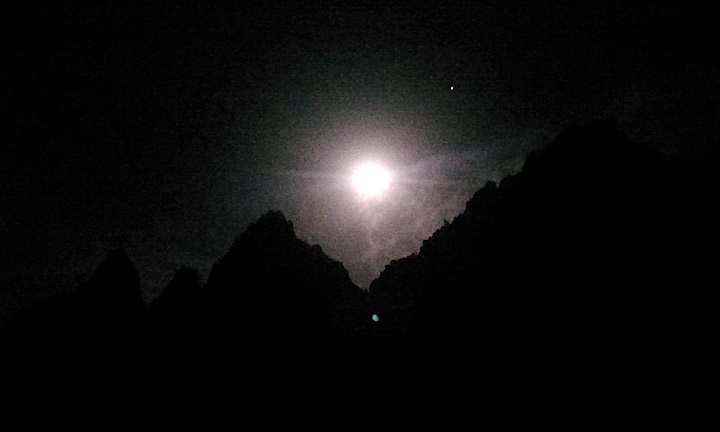
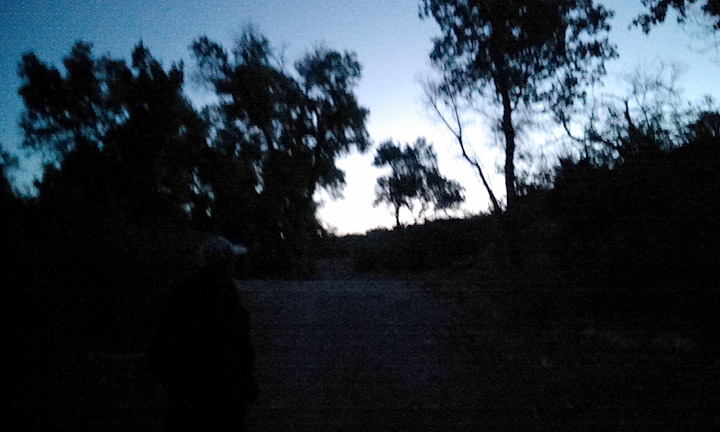
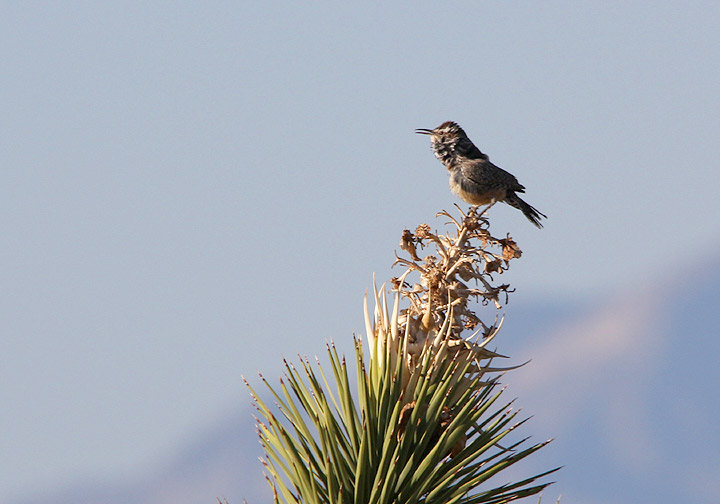
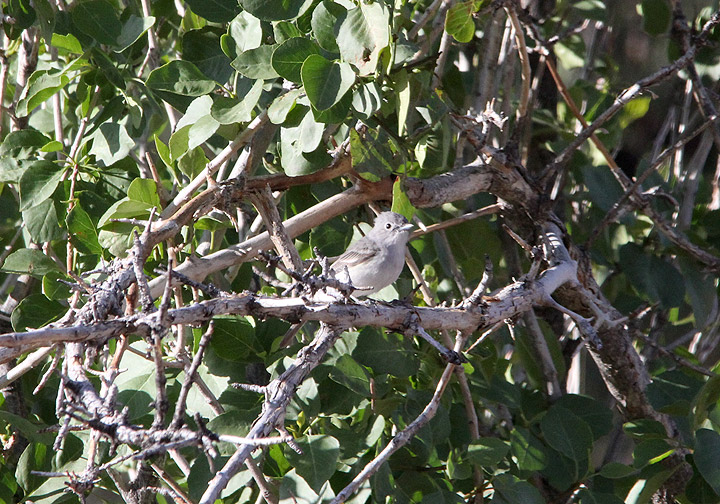
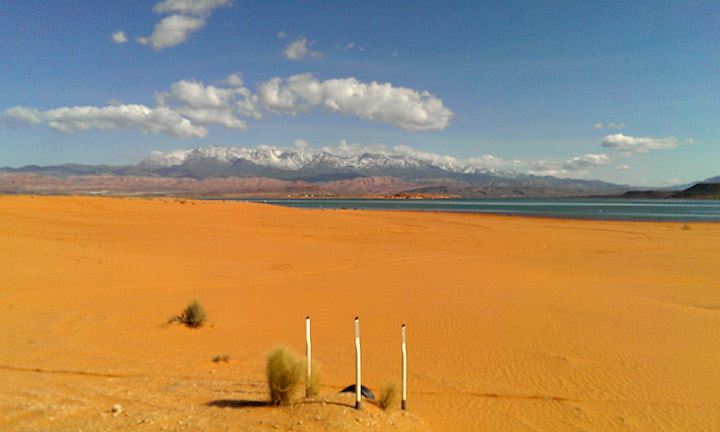
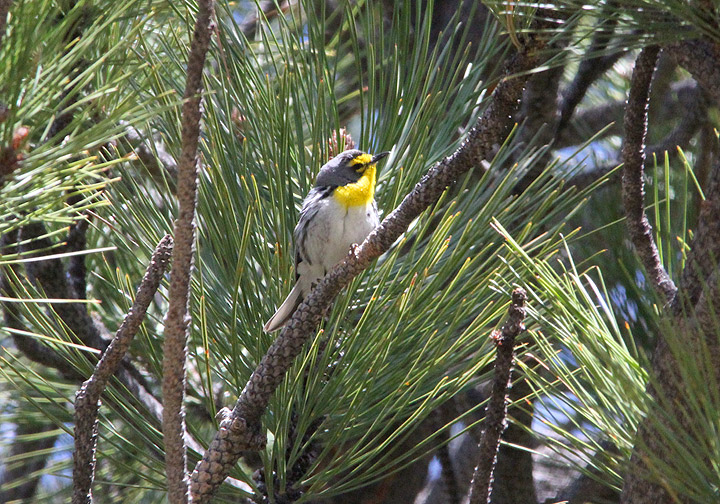
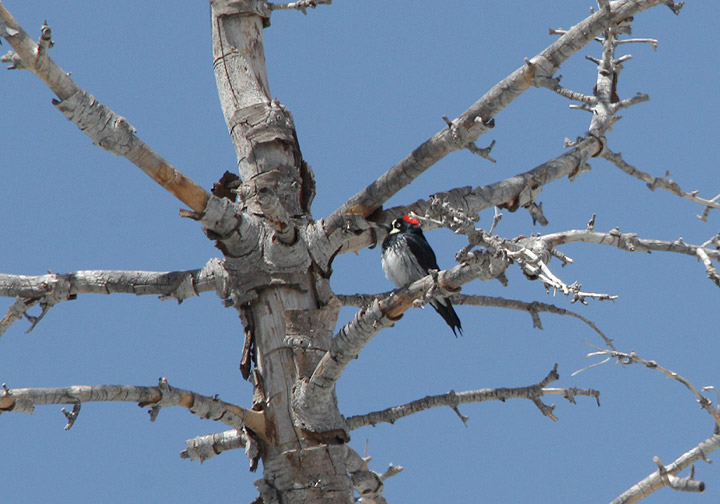
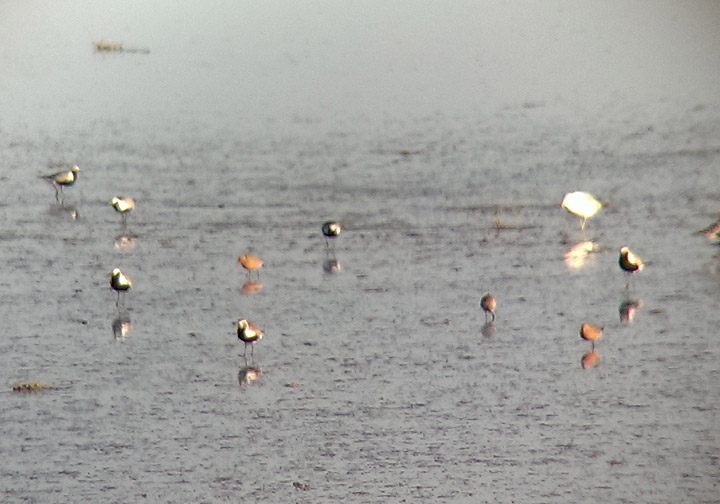
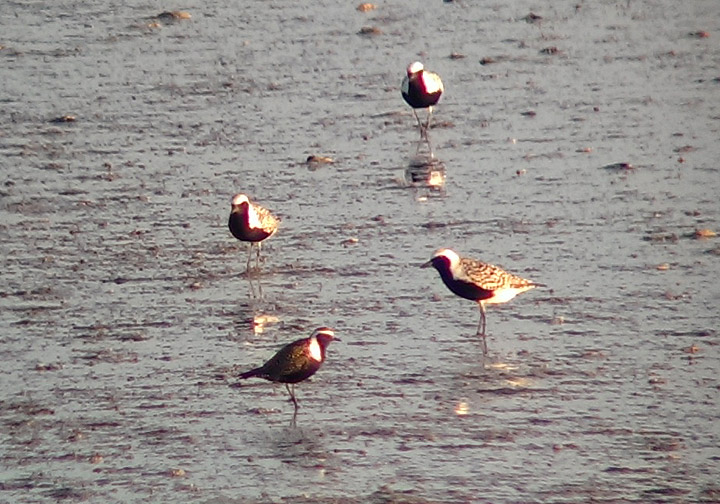
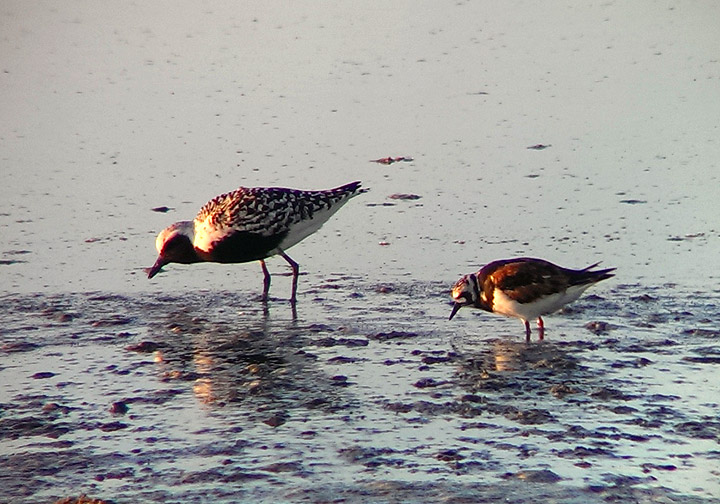
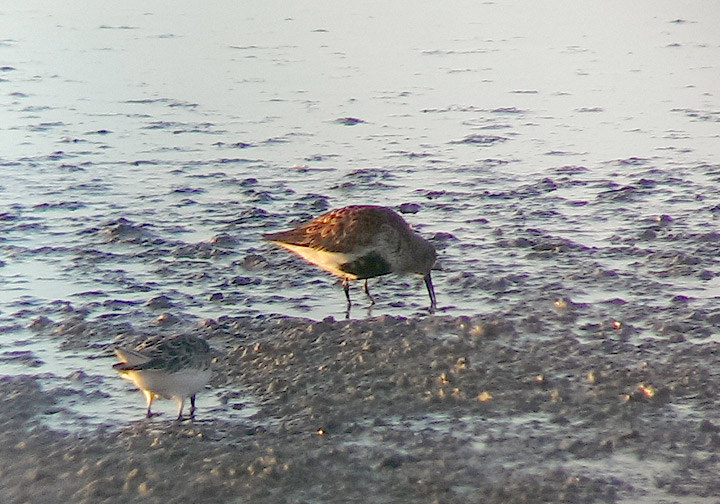

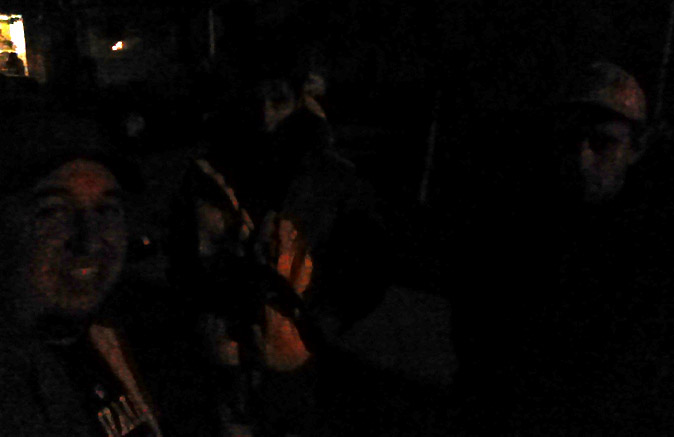


4 Comments:
Great read and intersting to follow your Big Day. It just goes to show how much prep and hard work go into accomplishing this feat. Congratulations to you all!
If spotlighting sensitive, breeding raptors and waterfowl is what it takes to break a record in UT, I hope this 205 stands forever.
@Matthew: Thanks man! Really appreciate it.
@Daniel Trujillo:
So I didn't respond to your comment at the time, but now I feel I can give you a fair response. Spotlighting is fairly common practice on Big Days, I get that not everyone is into it, for ethical, or other reasons. But a couple things to consider.
1. We could have trounced around in the dark under the nest area trying to get the birds to call, potentially flushing the, and in turn possibly making them abandon the nest. This is highly intrusive, and in my opinion far more damaging than a few seconds of spot light from a 1/4 mile away. The birds ended up successfully fledging young from the nest site so I assume our "invasion" was minimal and likely caused no long term ill effects.
2. CBHA are not super sensitive as a species--they are at their range limit in Utah, which makes them more sensitive, but they seem to be stable here. If we were doing this on a daily, or weekly basis, it would be something awful--but in all likelihood, we are the only people to have done this, 1 time, probably ever. I would never say go do this for any other reason than a big day. There are plenty of day time viewing ops in Utah, but given our route and the time crunch of a big day, I digress.
3. I know for a fact others flush these birds and several other nest sites on a regular basis for photography--that is probably a better place to expend energy in terms of trying to force a change. That type of activity has far more impact than our short encounter with the birds.
And I hope 205 stands as well, unless we break it ourselves. Would I rather not spotlight to get a bird? Absolutely, I would never do this for my day to day birding. But for a big day you try to make as little impact as possible, while doing something very selfish for yourself.
Cheers
Tim
Post a Comment
Subscribe to Post Comments [Atom]
<< Back to Previous